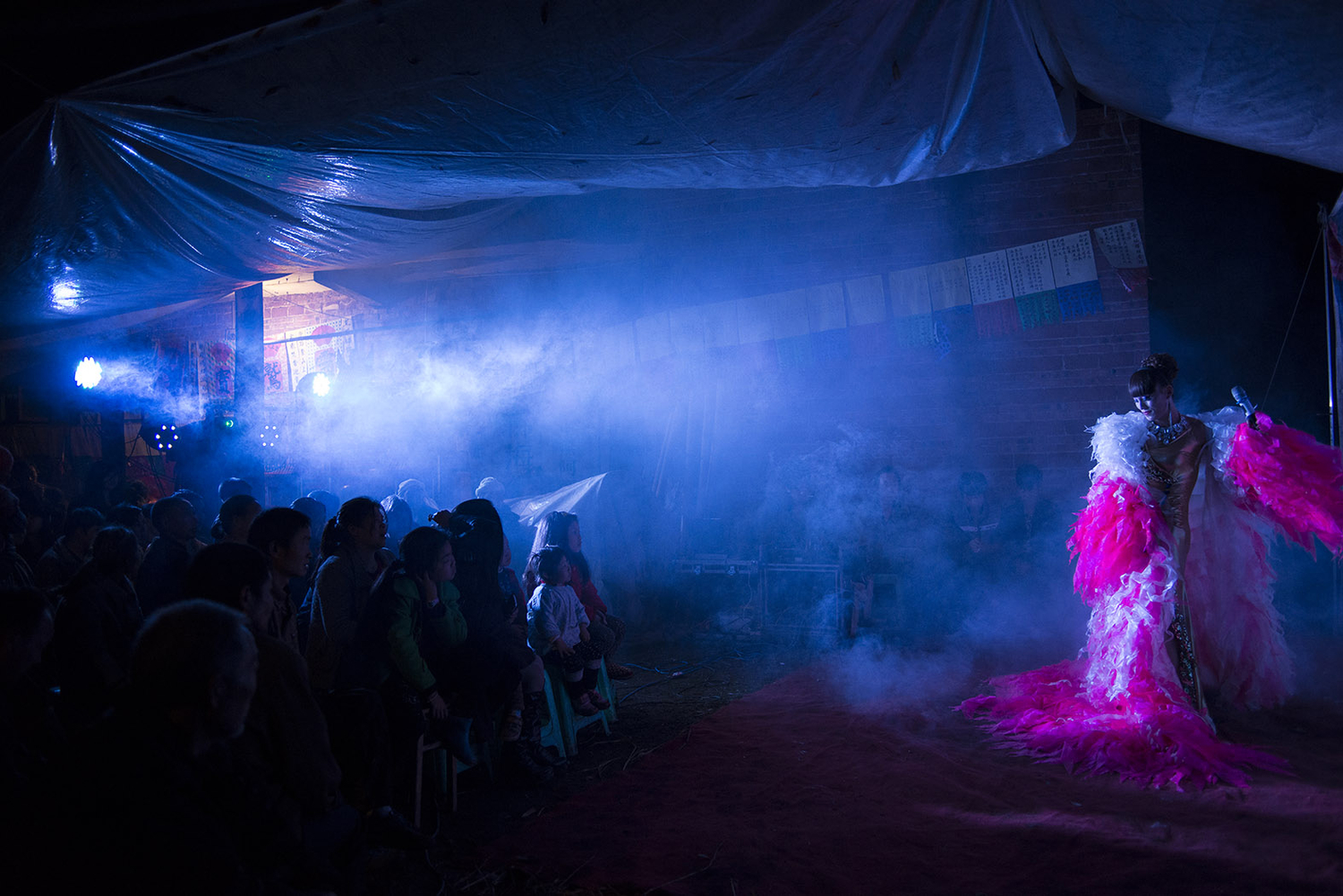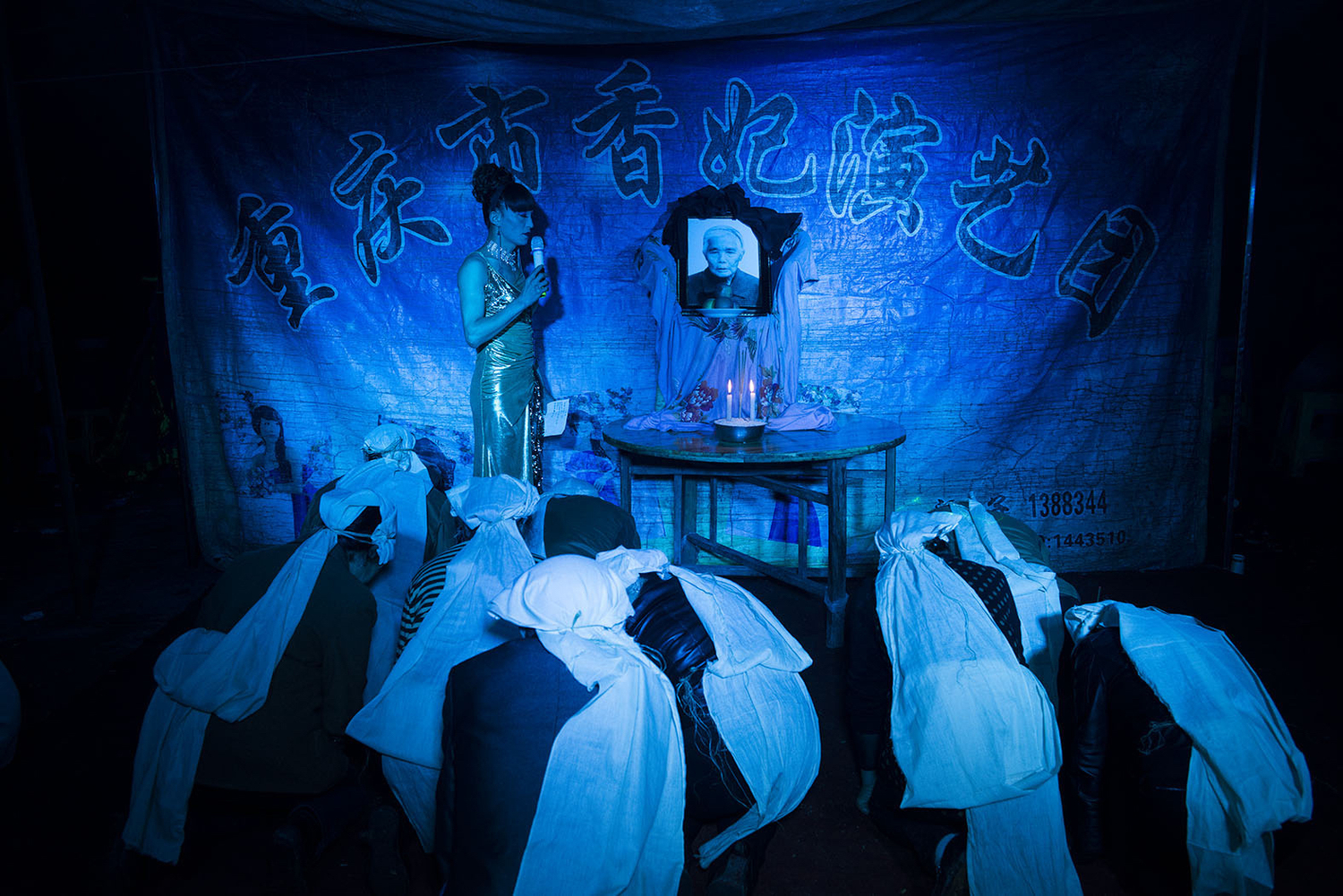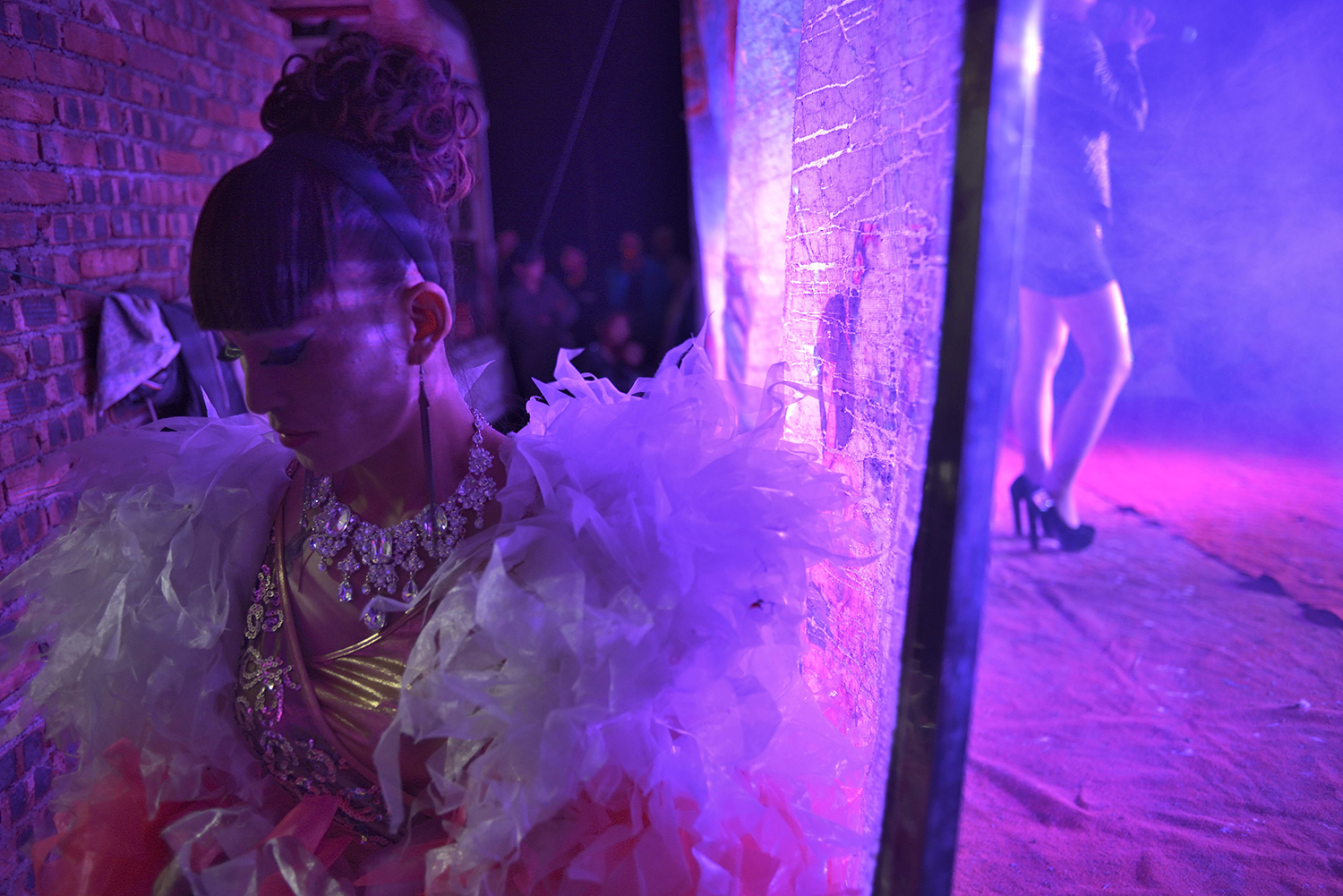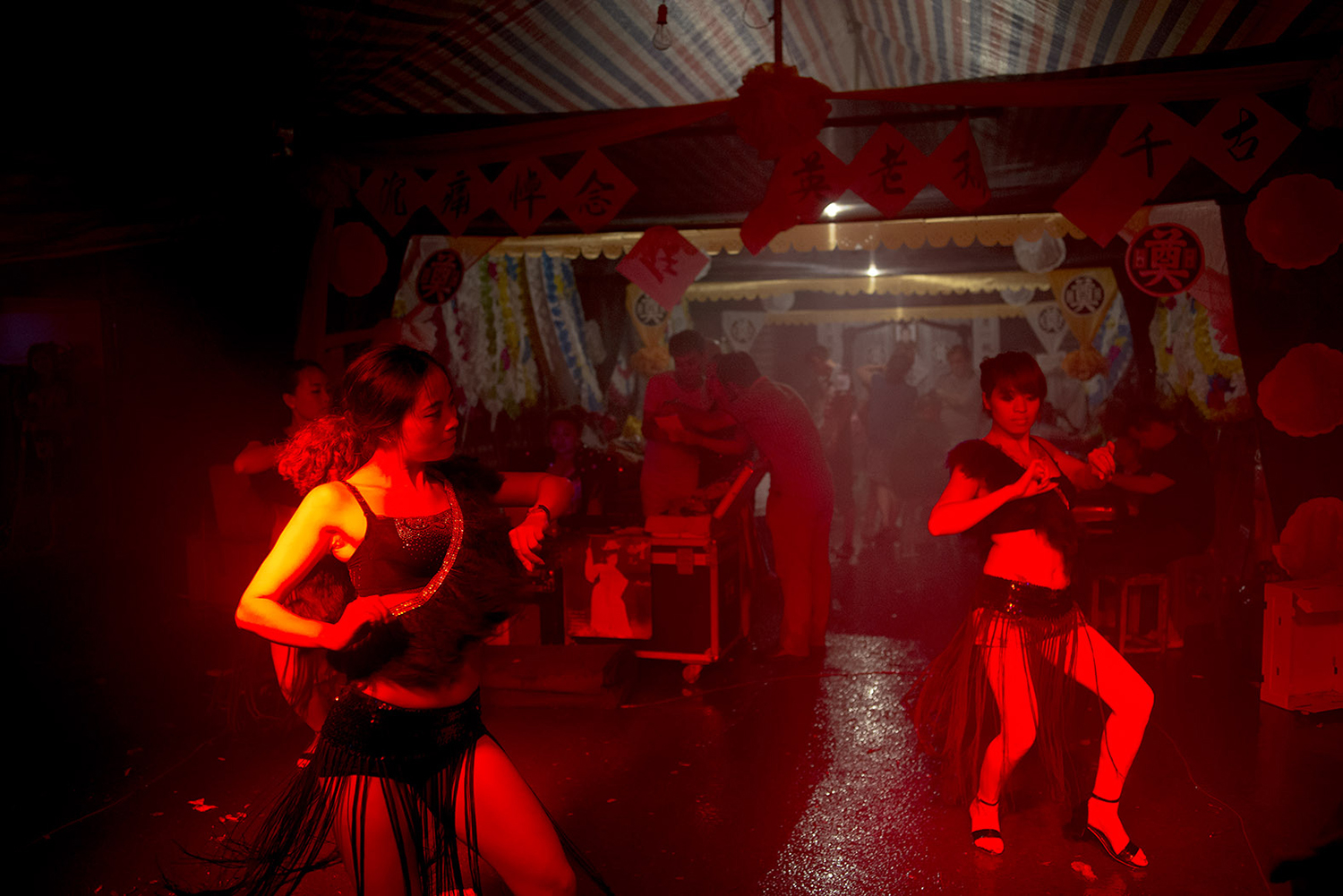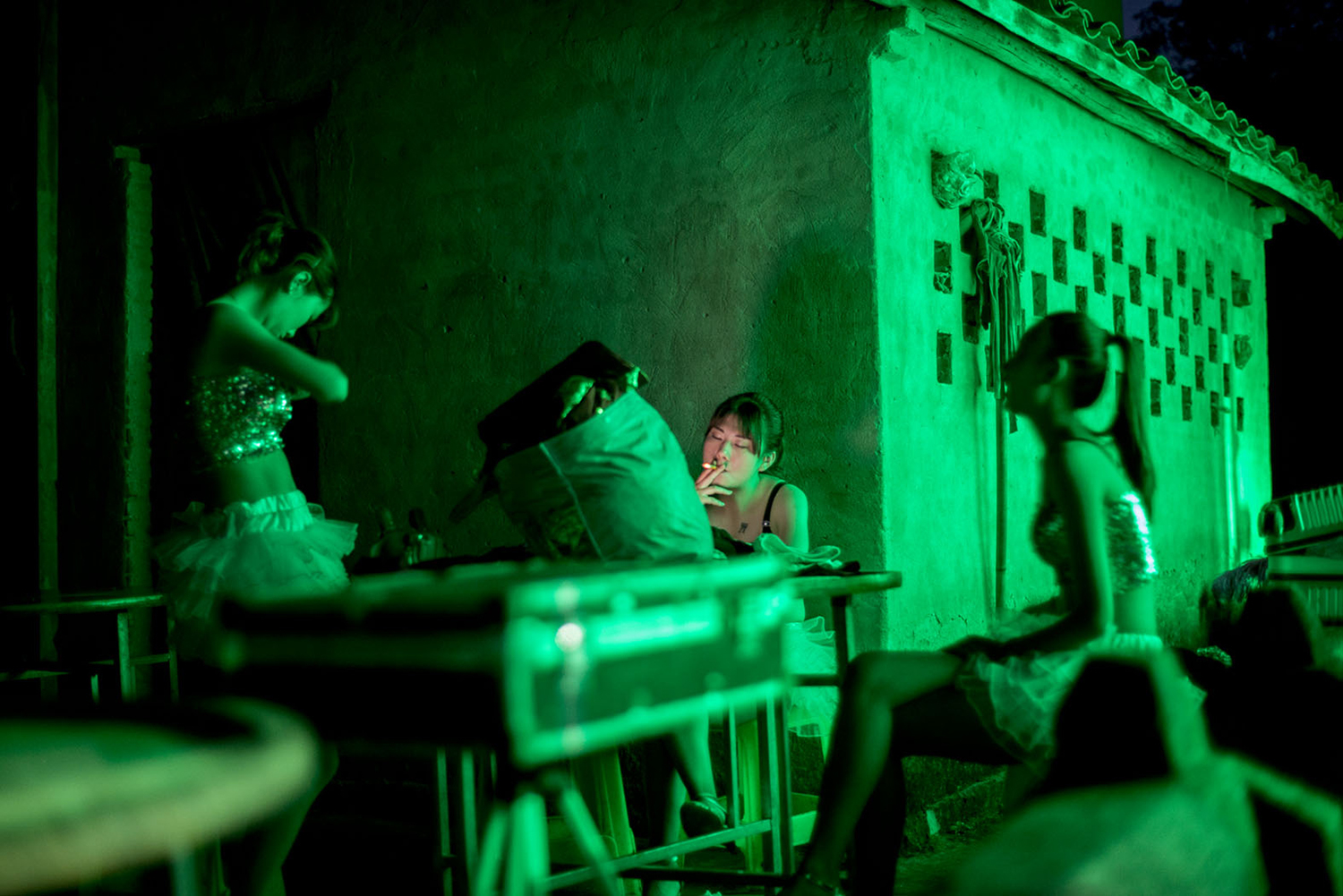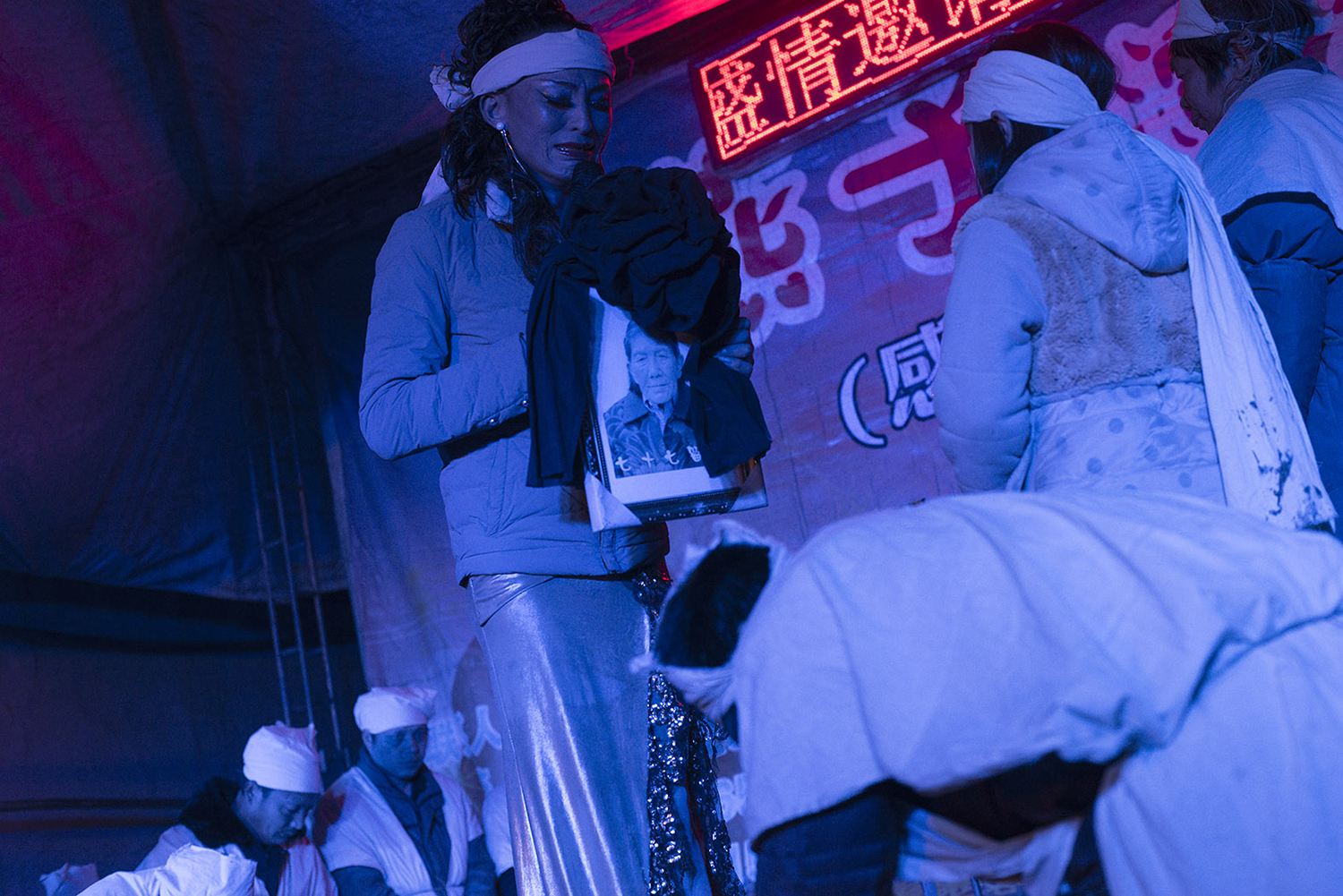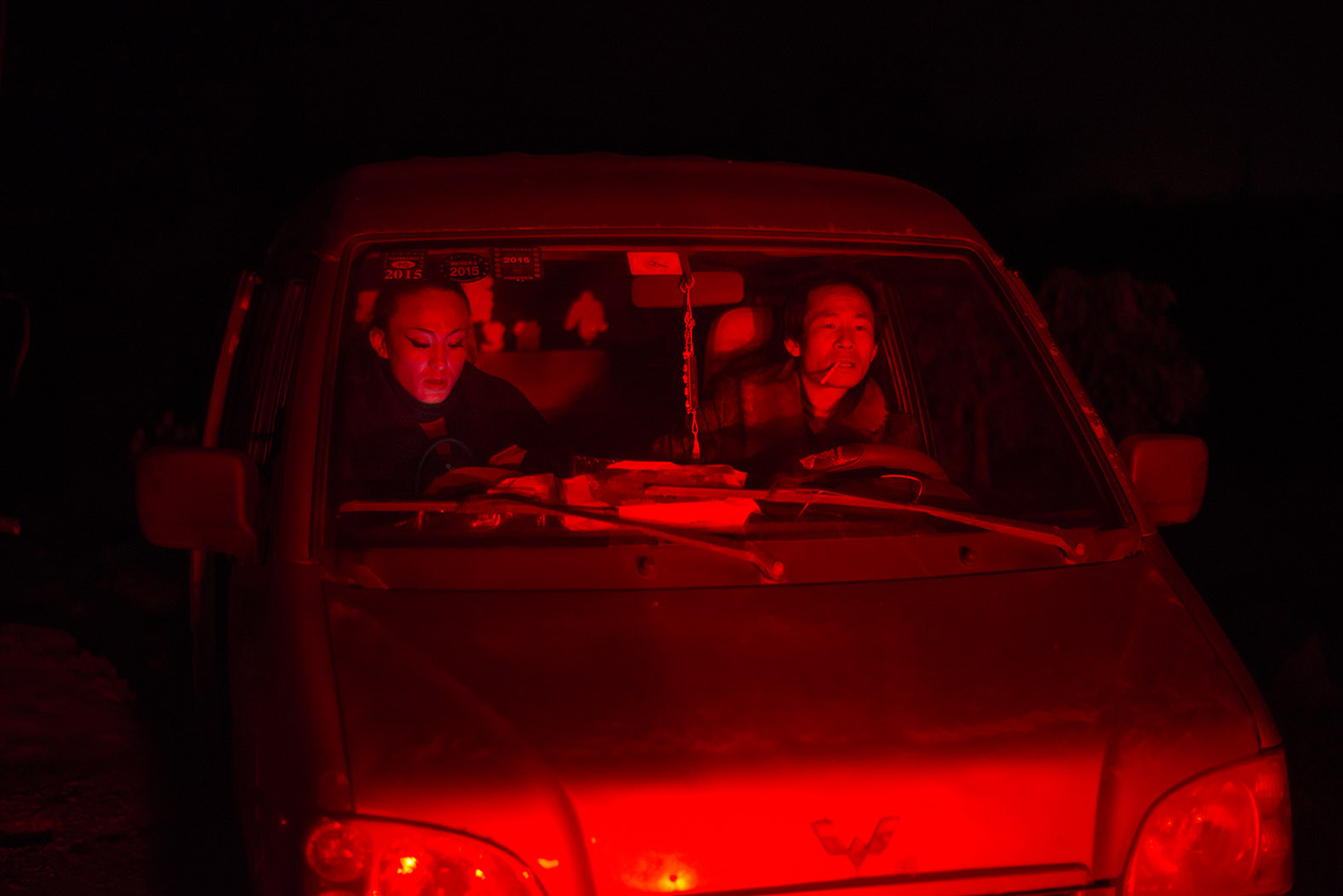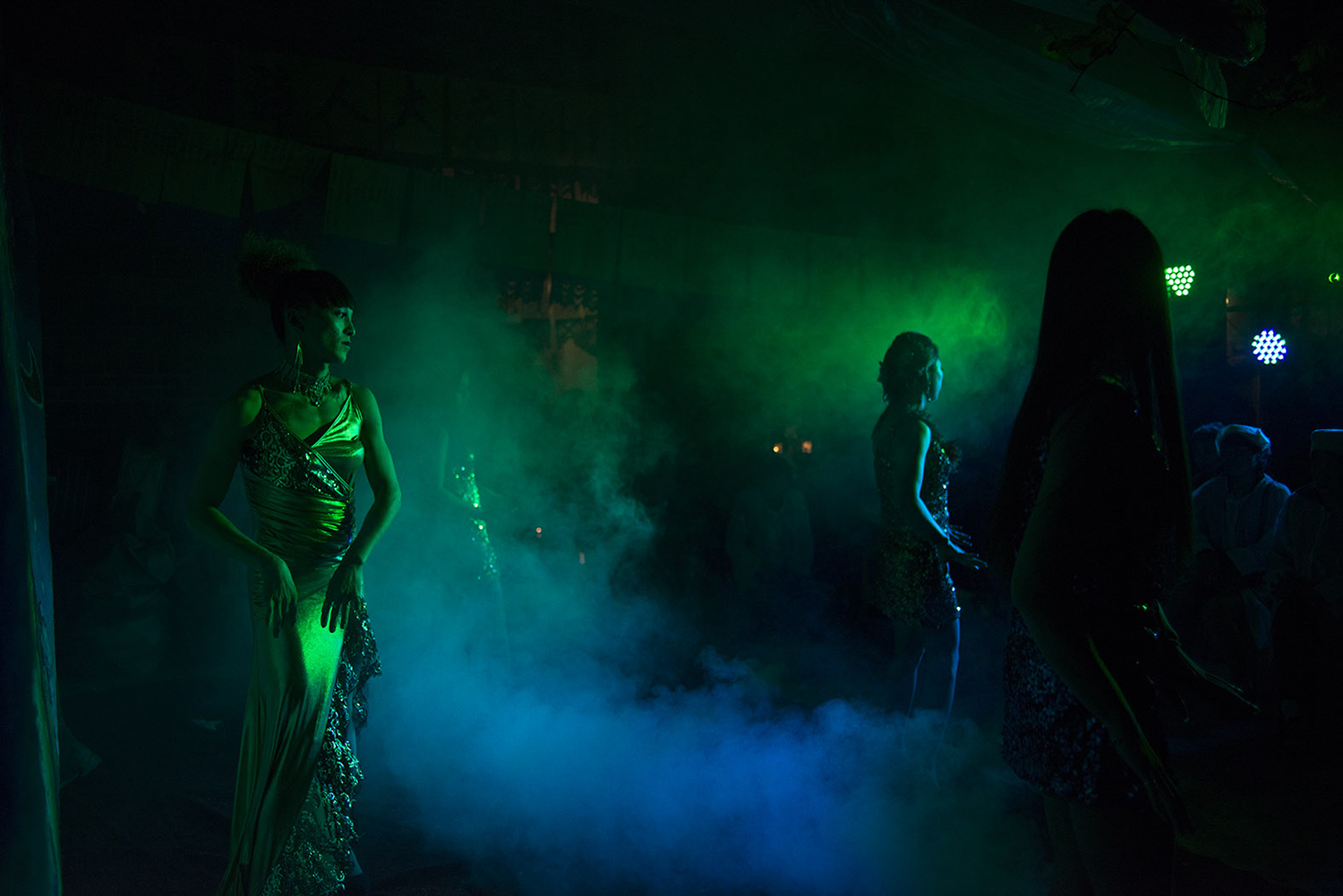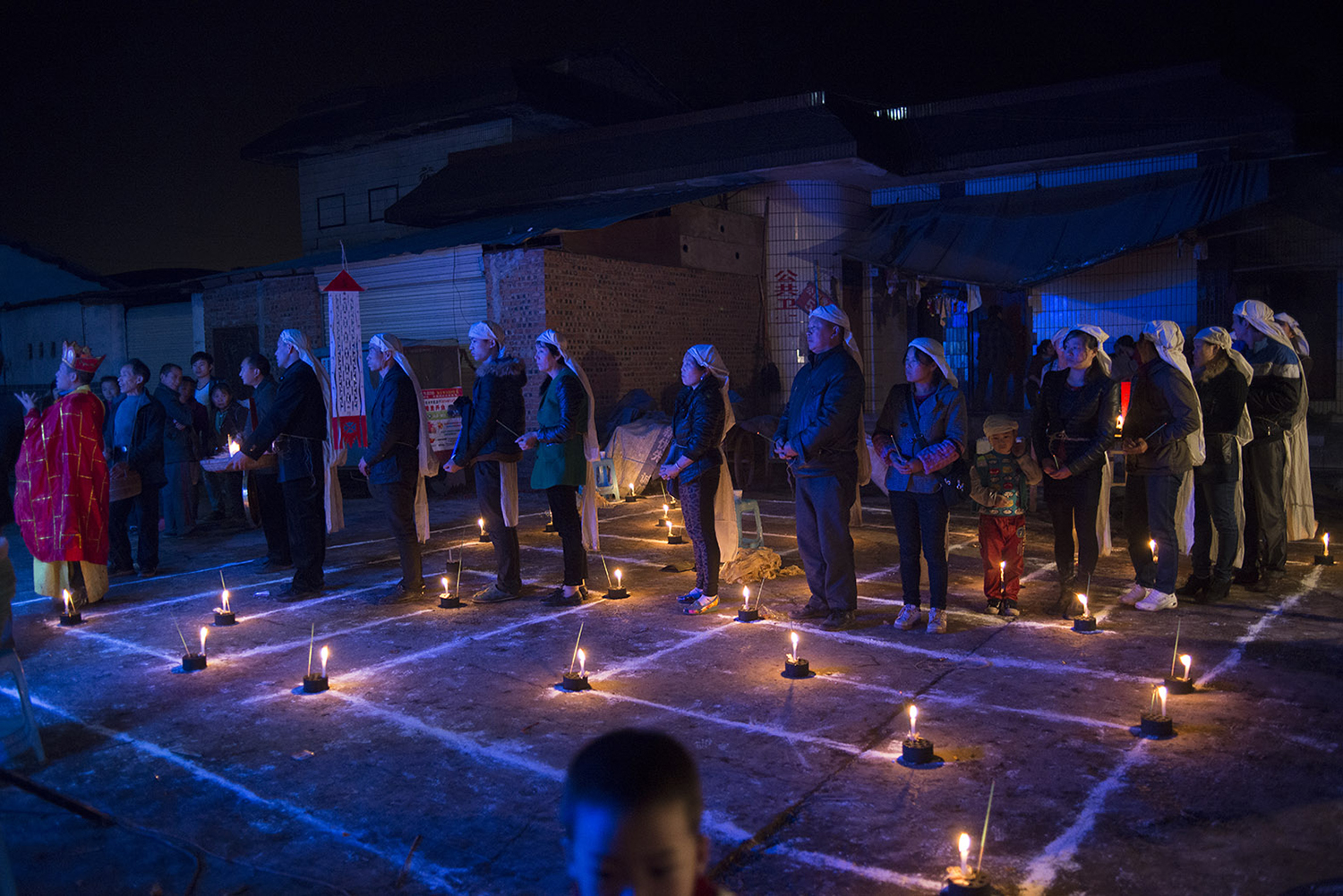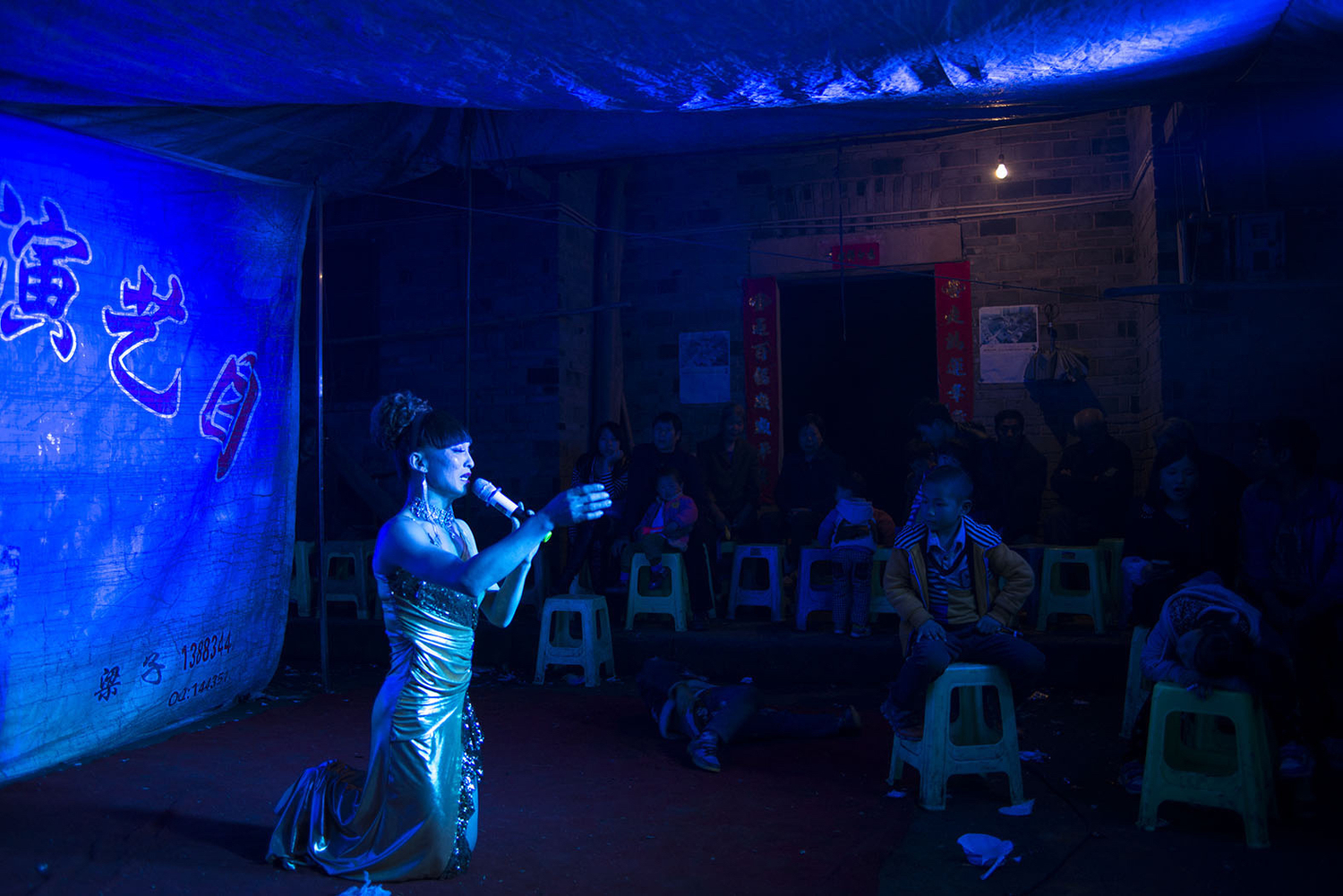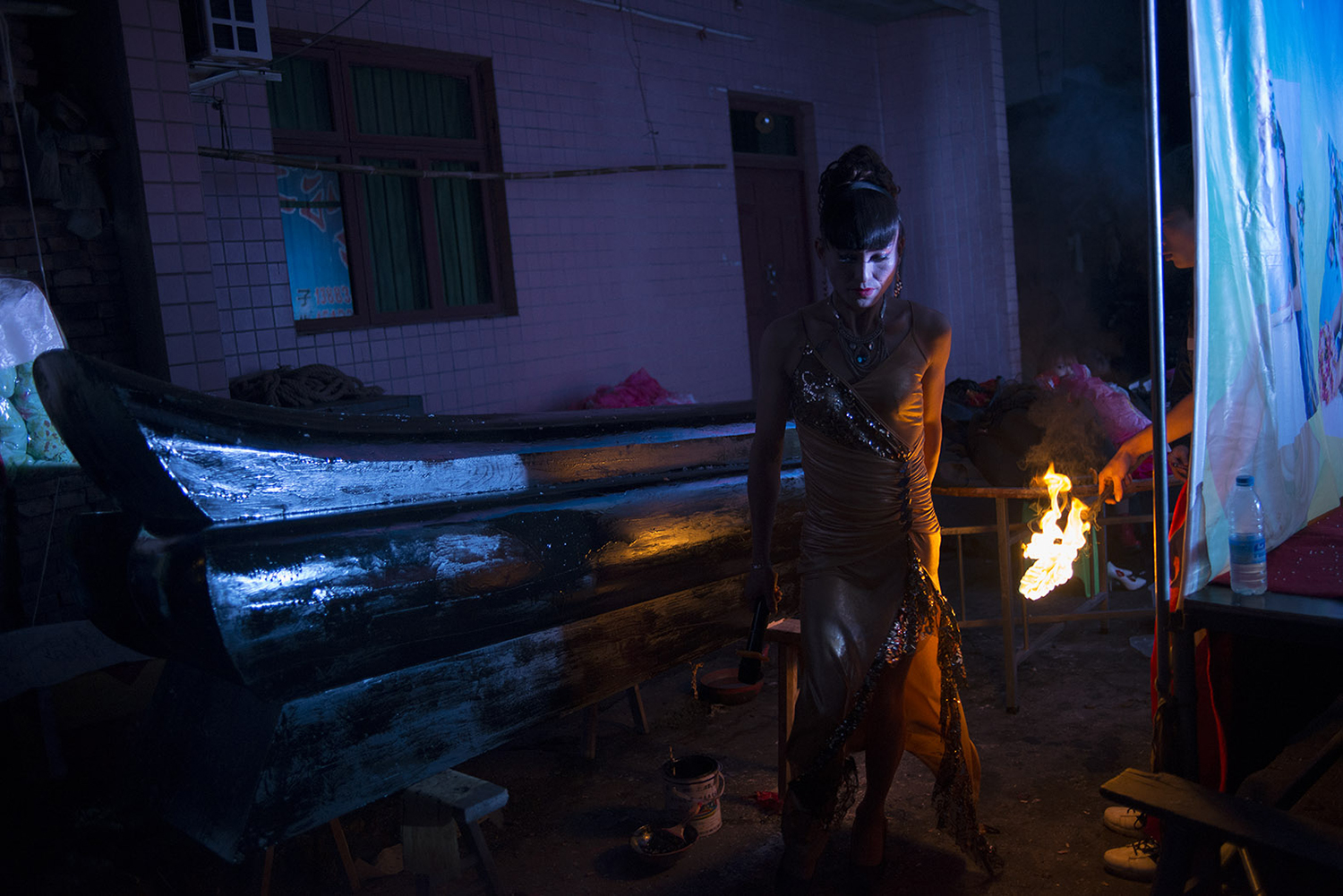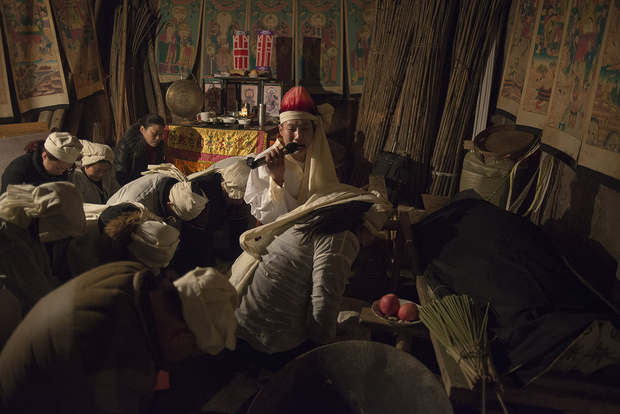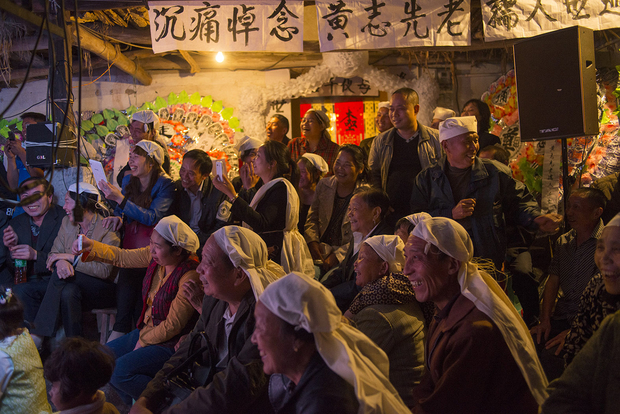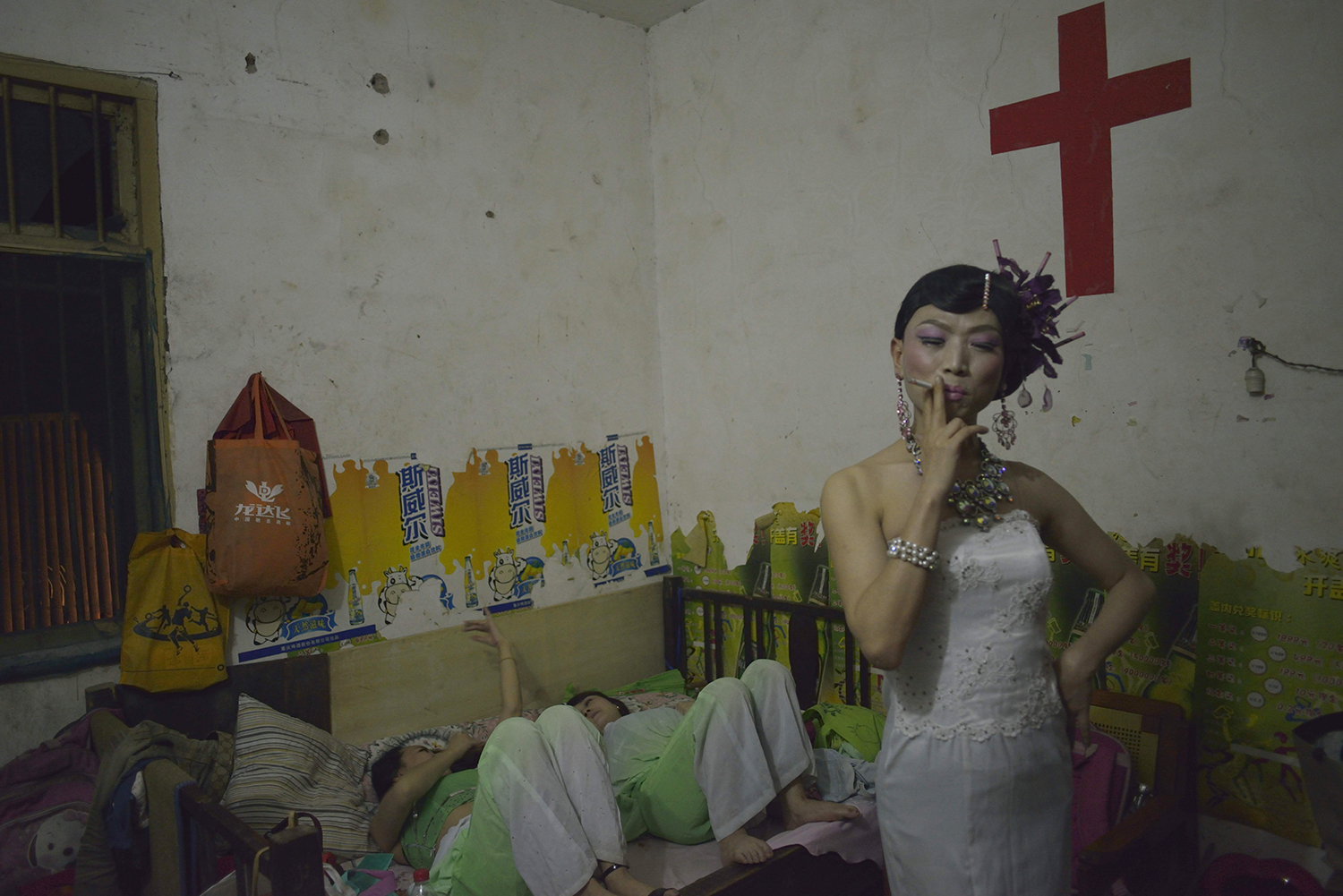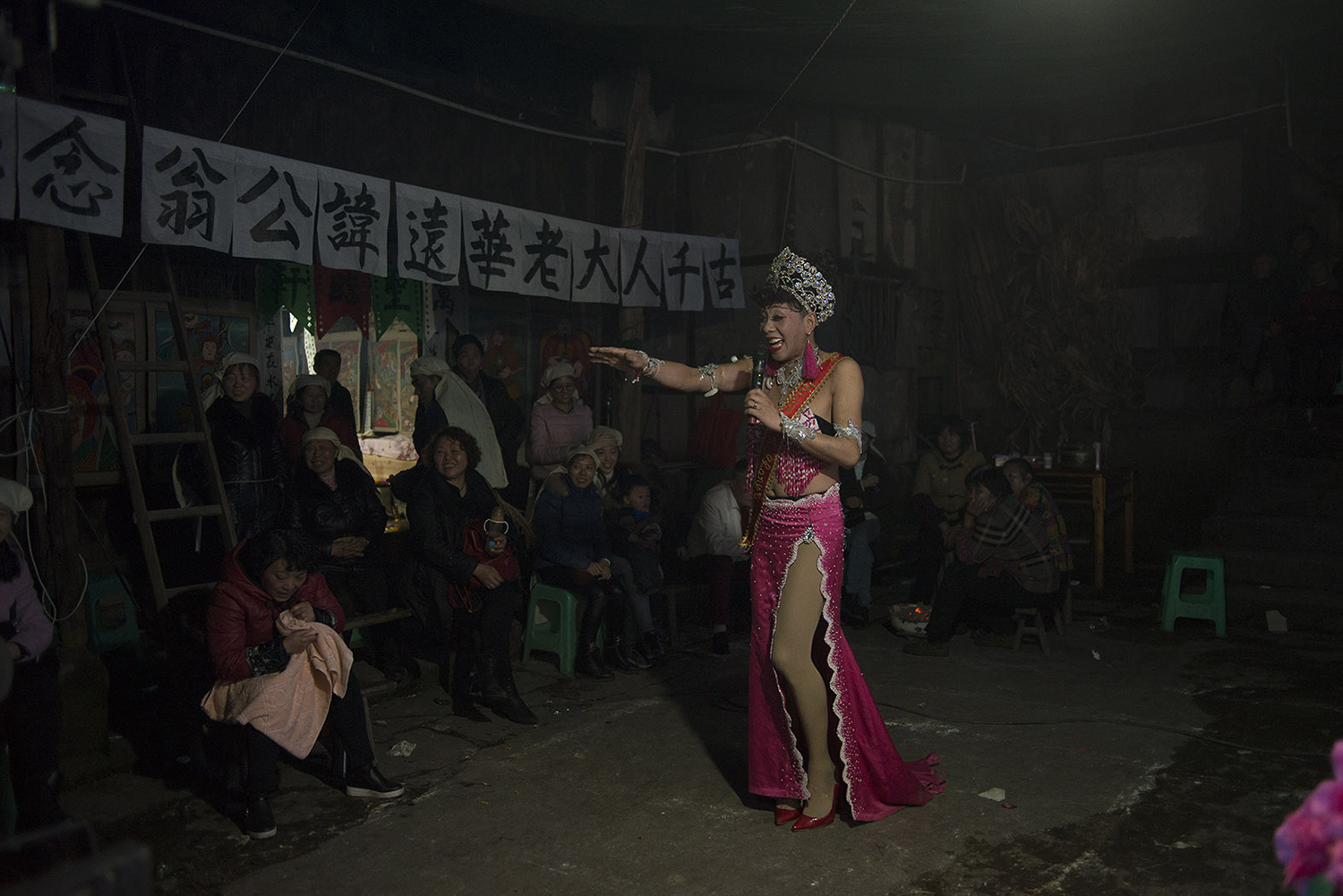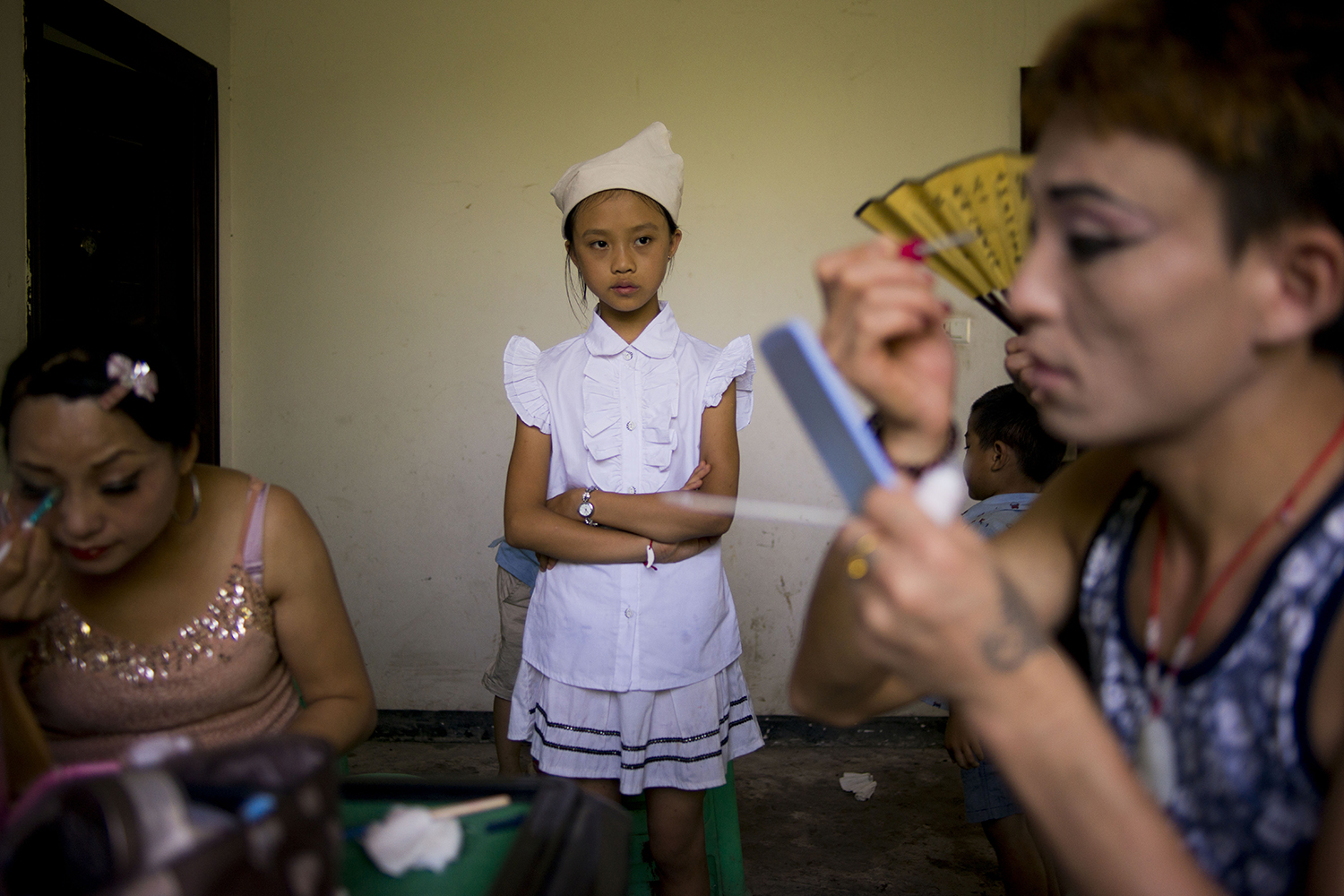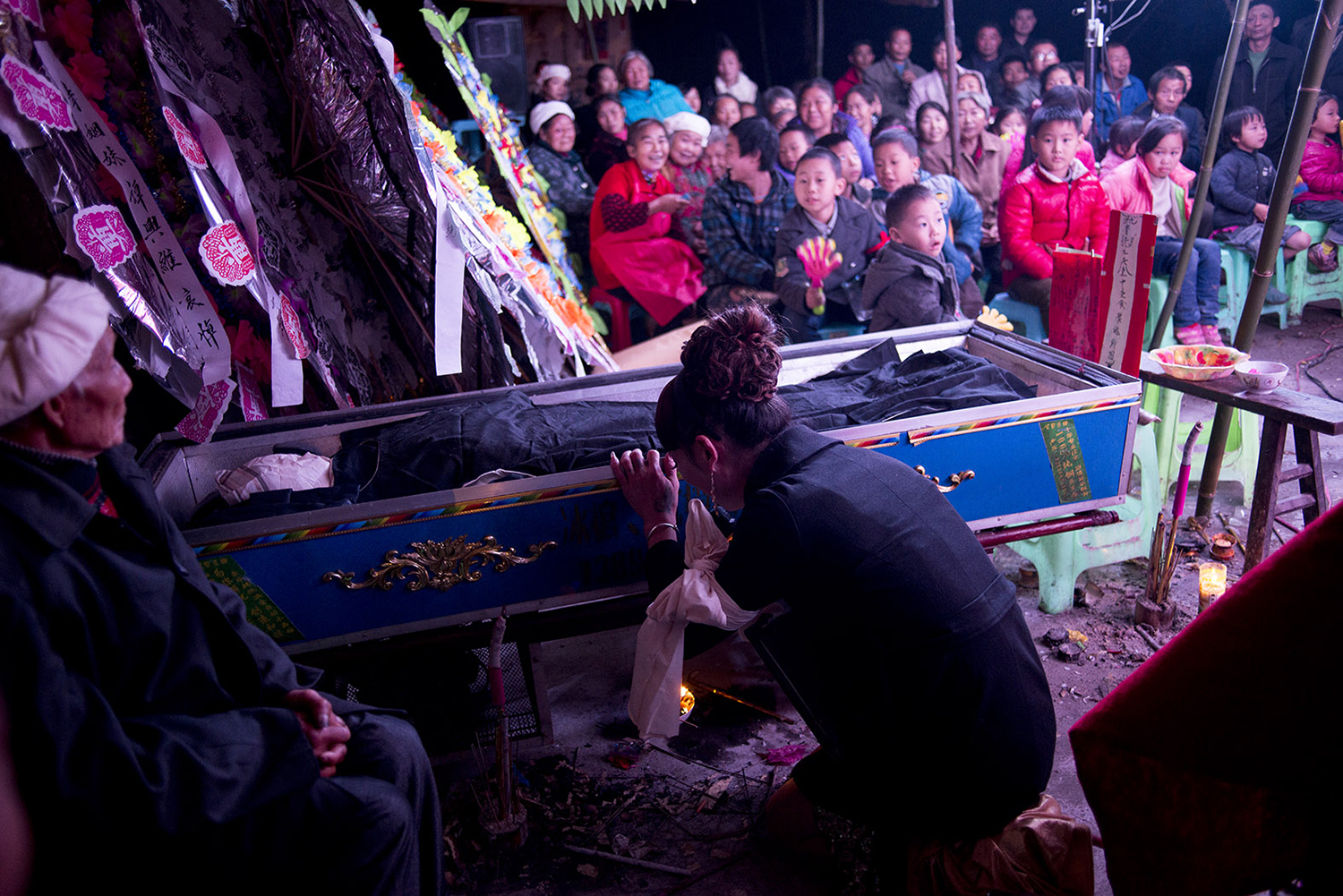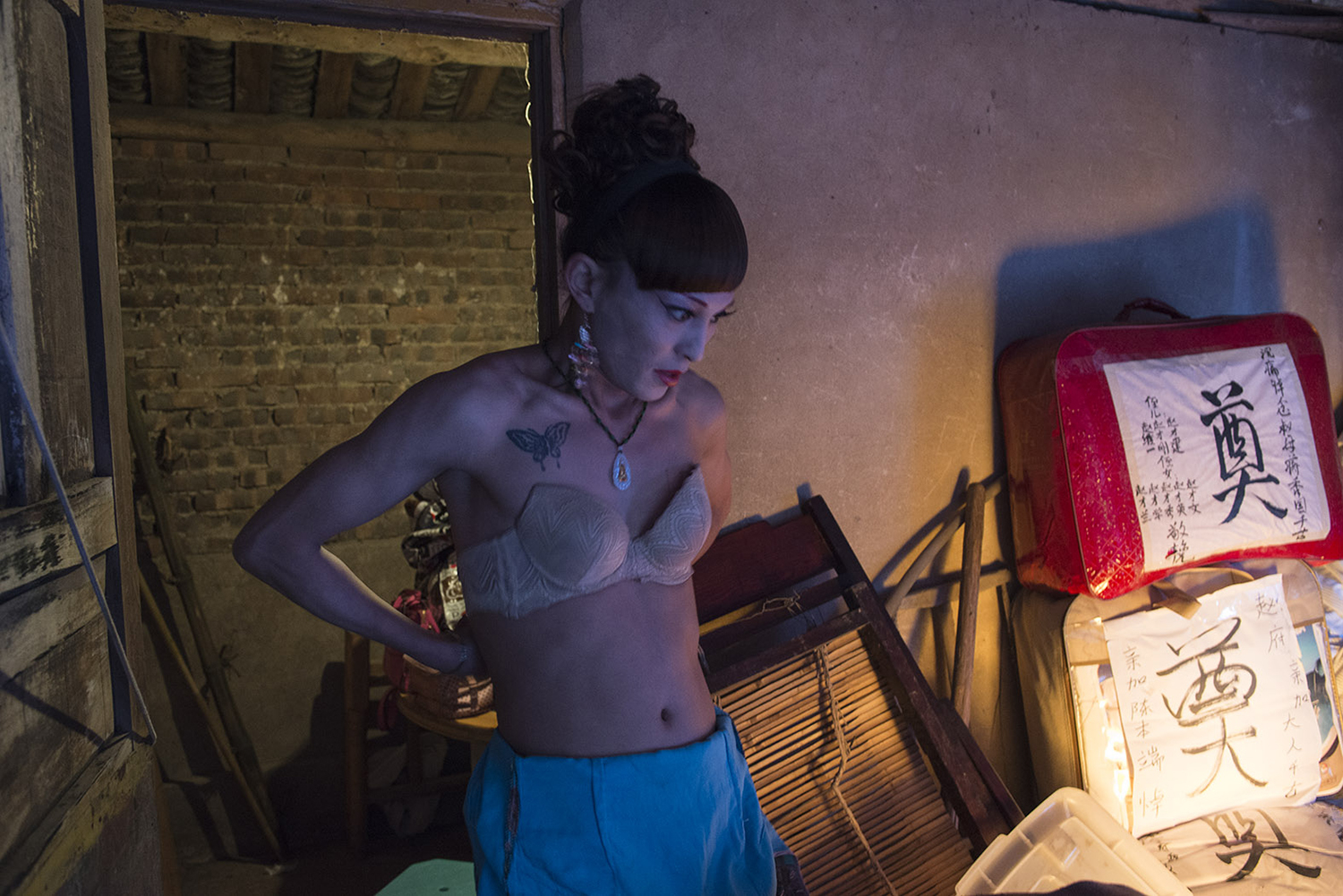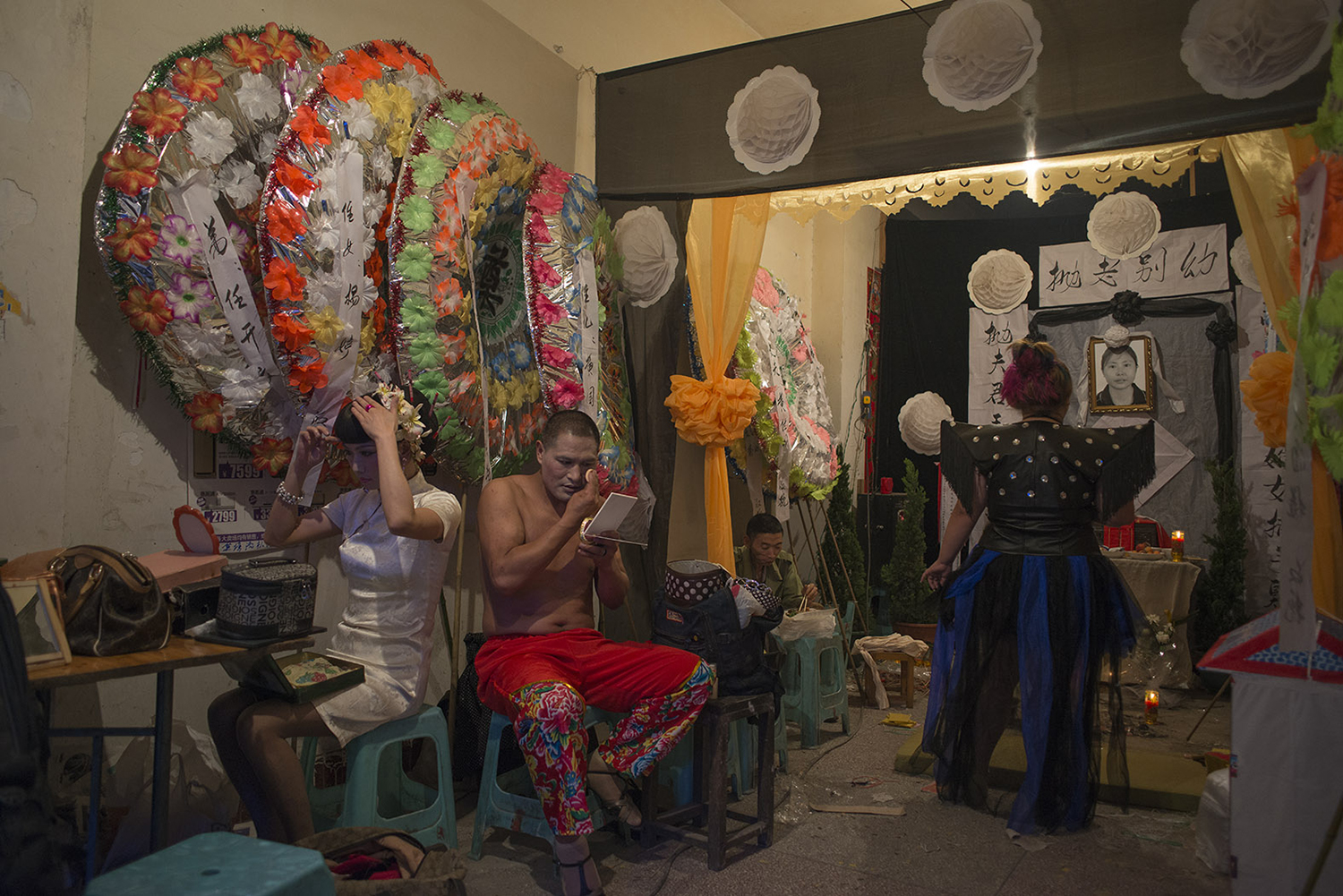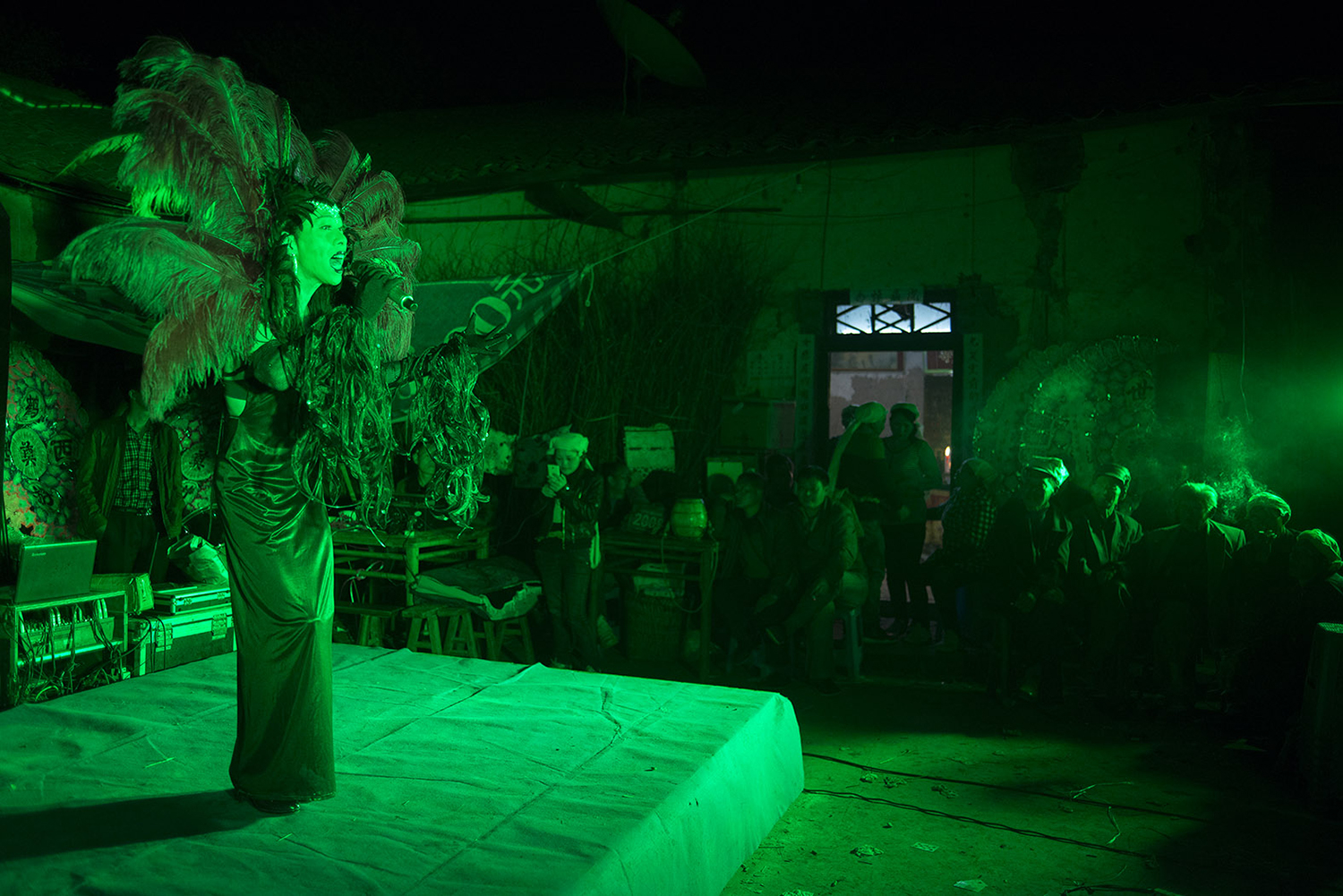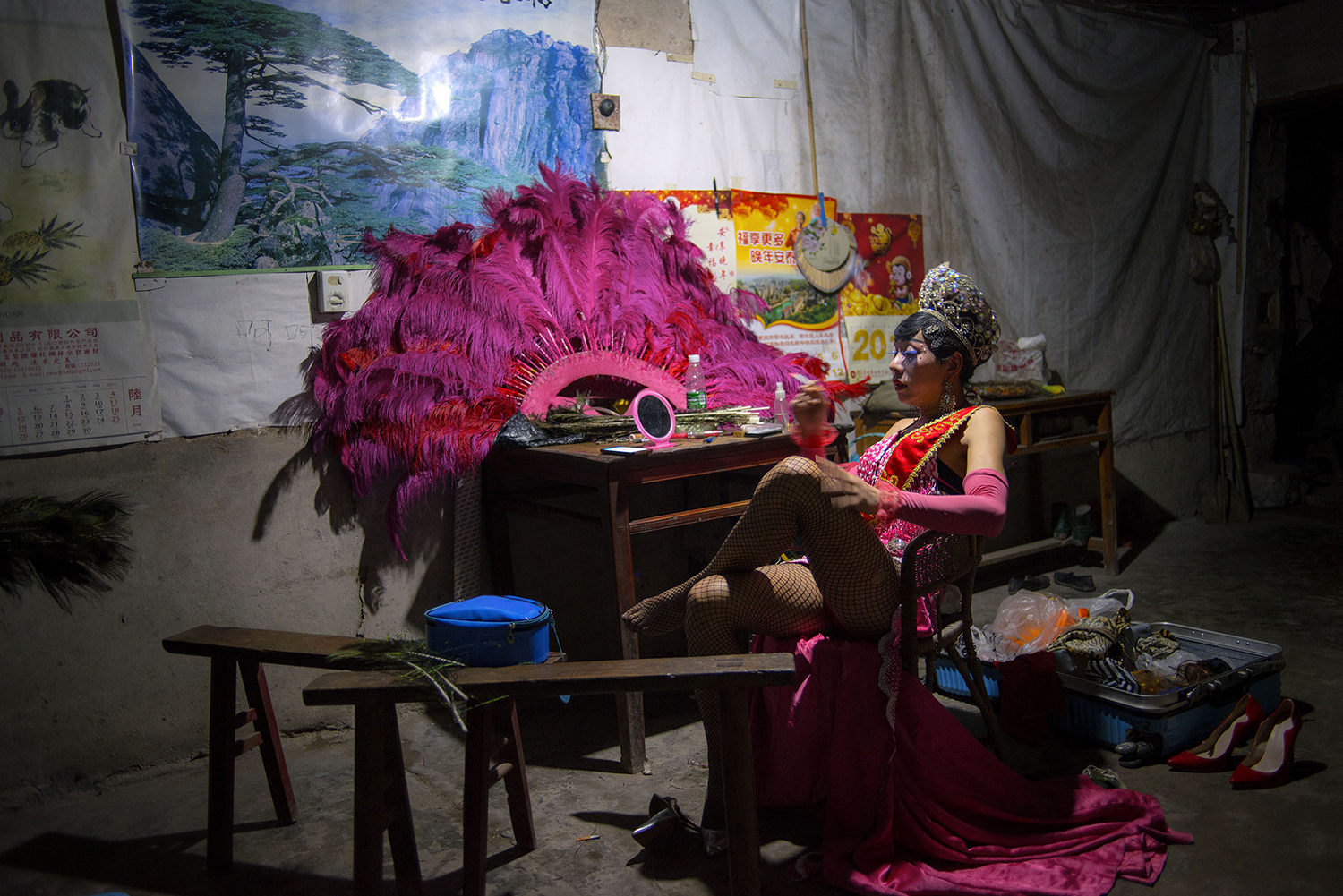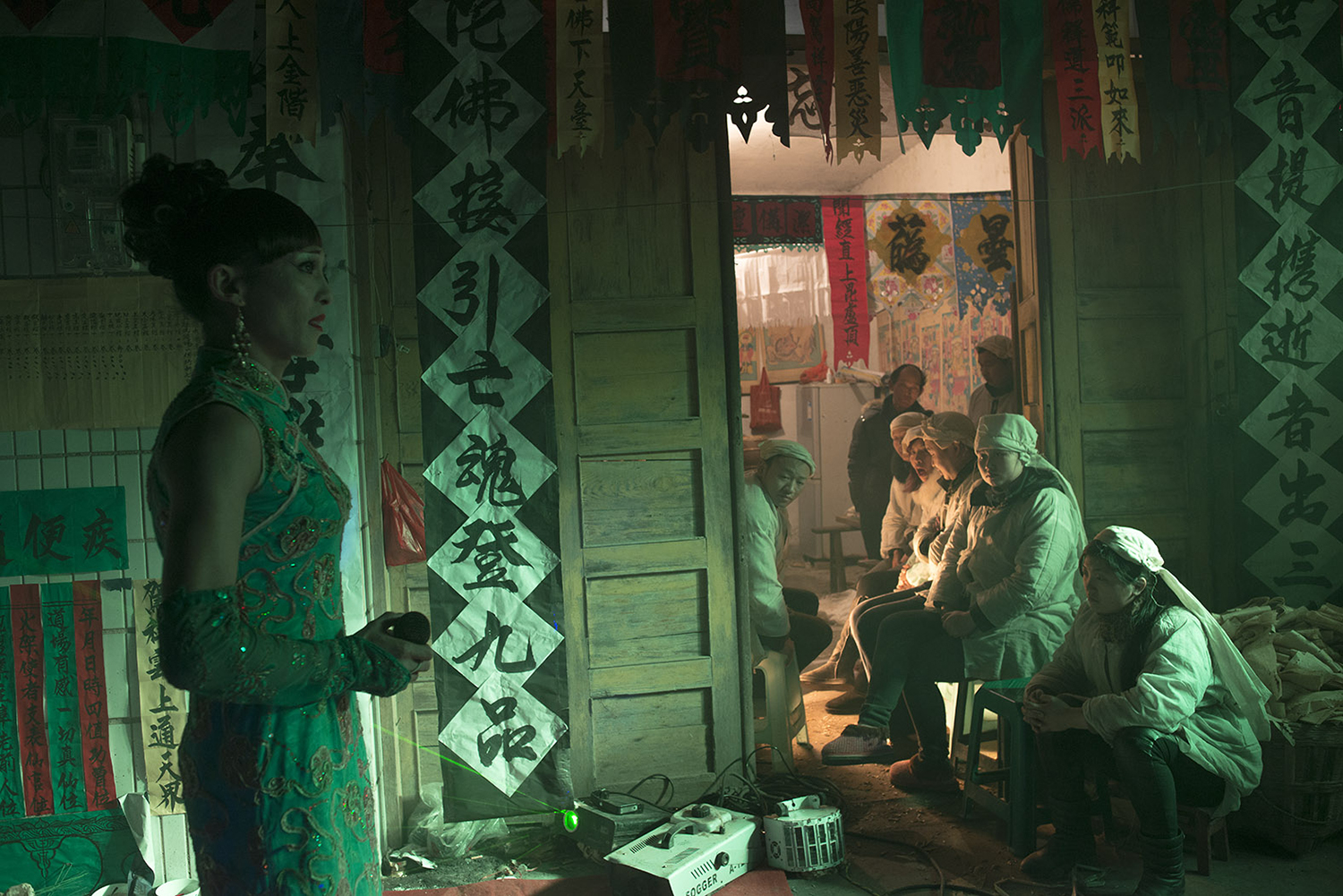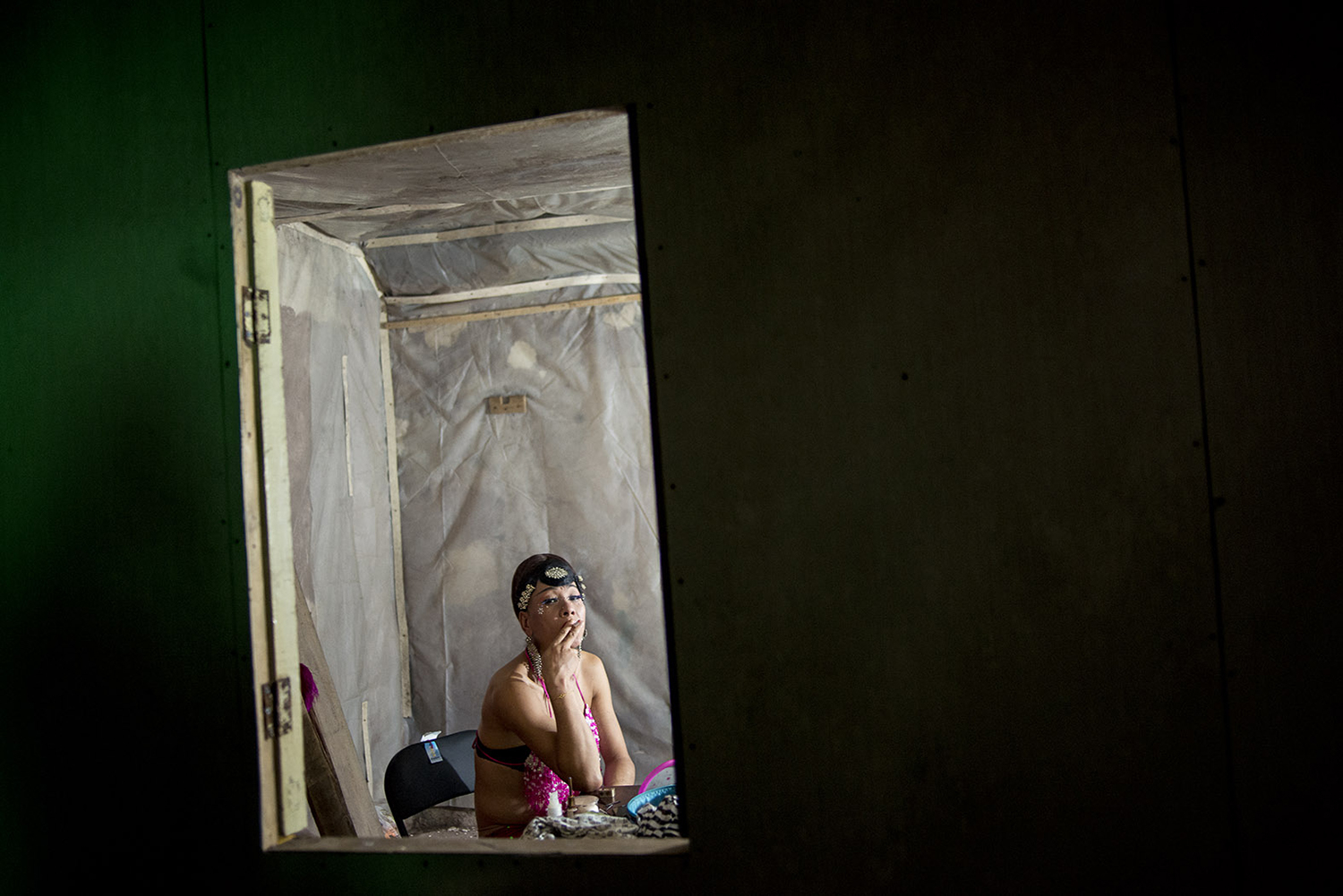In the good old days, about three thousand years ago, people really knew how to mourn the dead. That was back in the Zhou dynasty, when there was no laughing in the dead person’s house, no sighing while eating, and no singing while walking down a country lane.
By Confucius’ time, about five hundred years later, all of those bad practices were common enough for the sage to feel he had to rail against them in the Book of Rites, adding a slew of other admonishments: avoid a happy expression at a mourning rite; don’t laugh when holding the rope slung under the coffin; don’t play on the graves. You might want to do those things but at least try to control yourself: “Hence the superior man is careful to maintain the proper expression of his countenance before others.”
Of course no one seemed to listen. By the 12th century CE, when the great neo-Confucian Zhu Xi wrote “Family Rituals,” a handbook on proper domestic conduct, he included a section on how to mourn. Bereavement was to be dignified with grief expressed quietly. And yet the backsliding continued. In 1540, the editor of a gazetteer in the central Chinese city of Xuzhou was one in an endless line of officials who tut-tutted at how locals “followed bad practices” at funerals, such as playing music and having feasts.
Official dissatisfaction continued after the imperial system collapsed in 1911. The Republic of China launched the New Life Movement, which simplified funeral services to rid them of what was seen as costly, wasteful, and superstitious practices, while their killjoy successors, the Communists, simply banned any sort of traditional practice. Their big death idea was cremation, making the utilitarian argument that graves are a waste of space and funeral practices a waste of money.
And so we come to today and the boisterous funerals that are now common in rural China. What to make of these images of funerary cross-dressers captured by Tomoko Kikuchi? Our initial feelings may be mirth or revulsion or a feeling that China is a weirder place than even the sadomasochistic-sounding foreign policy initiative “One Belt, One Road” makes it seem. And in some ways it is: why put on a drag show at someone’s funeral? What’s the point?
That’s a hard question to answer. Or an easy one: Why put someone in a box and bury them underground? Why dress in black or white or grey and cry? Or try not to cry? Or try to cry? Or try for some in-between contortion that Confucius would have liked? Why have a wake? Why get drunk? Why tell stories about the dead?
We feel we can sensibly answer those: to be with friends and remember the person. But hiring professional cross-dressers?
How about this sociological answer: funerals are a reflection of a person's status in society. In some parts of Chinese society, status has been achieved through the centuries—whether at a funeral or a fair or a wedding—by having a big raucous party: something renao, or hot and noisy, in Chinese. What’s more renao than a stage full of drag queens belting out songs or wailing for the dead person?
Unprecedented? No. Since the 1980s, many rural Taiwanese have had strippers at their funerals. The dead like to have fun. They liked strippers while alive and so they get strippers after they’ve died—with a hole cut in the coffin so they can peek out at the girls as they doff their clothes. In 2011, the documentary filmmaker Marc L. Moskowitz made the film “Dancing for the Dead” about the phenomenon. He noted that highers-up—like officials over the millennia—were embarrassed about the practice, seeing it as bad publicity for Taiwan, while locals carried it on as, in their views, part of “tradition.”
What tradition? The ethnomusicologist Chiung-Chi Chen wrote about this in a 2006 doctoral thesis, “From the Sublime to the Obscene.” She wrote that half the temple fairs she observed in Taiwan and many funerals included strippers as a kind of super renao catalyst. She posits that ghosts are kinds of hooligans. Hooligans like strippers so ghosts must too. Another idea is that funerals are places where social constraints are loosened and people can do what they usually can’t.
But this is a debasement of all things proper! That depends on how narrowly we define things. In 1890, the Scottish anthropologist James George Frazer wrote that fear of the dead was behind all mortuary rituals in almost all cultures. Ghosts were dead people and they had to be controlled. Chinese definitely believed this, seeing the dead as a force to be placated—hence the major festivals on the Chinese calendar for the dead.
Traditionally, one way to deal with the dead was to expose parts of one’s body: baring one’s breast is known in the West, in Korean shamanistic practices, and it also has a history of millennia in Chinese culture.
But what does it mean? Here one has to be careful in making massive generalizations. It’s not that all rituals don’t have intrinsic meaning, but in Chinese culture it’s probably fair to say that the ritual is sometimes more important than the content. At Chinese funerals through the ages, performers have sung and danced. In recent decades, the name for these groups were zhentou, or performing groups like dragon or lion dancers. With time, these were “modernized” by local people to include strippers and drag queens.
It’s important to remember, though, that this isn’t a sign of enlightened views toward transvestites or transgender people. The idea is to have a good time and attract a crowd to give status to the family hosting the event. It isn’t a sign of respect to people with different sexual orientations or gender identities, but rather part of a spectacle—it’s more akin to the bearded lady or the fat man in a Western circus of days past.
But I also don’t think it implies a complete marginalization of these performers. Gender identity in China, as elsewhere, is in flux. We read in the media of gay marriage celebrations that attract many happy friends and families, even if the couples can’t legally marry.
Instead, the key is that all of this—the partying, the mourning, the tears—is part of how people envision doing things properly. This doesn’t mean a word-for-word recreation of an ancient rite (although these are coming back too) but a broader idea of respecting the dead and their living family members by putting on an appropriately big show. In his classic formulation, anthropologist James L. Watson writes that “orthopraxy”—the orthodoxy of practice—counts for more. The idea is to send the deceased over to the other side in a manner very broadly consistent with funerals for centuries, with performers, songs, banquets, and a big boisterous leave-taking.
What struck Watson was that this insistence on ritual was what held China together. The details might change but the overall idea—of a “proper” funeral, for example, based on certain principles (of wanting to keep the dead placated, or wanting to have a big loud event to mark the person’s passing)—were what unified this vast empire that had spread across different geographic regions with different dialects.
So besides their intrinsic beauty, these photos also show something deeper about Chinese culture. At first disorienting, they are a classic example of a unifying Chinese culture thread: broad respect and fear of the dead, who have to be sent off in a way that honors them and gives face to those left behind.




